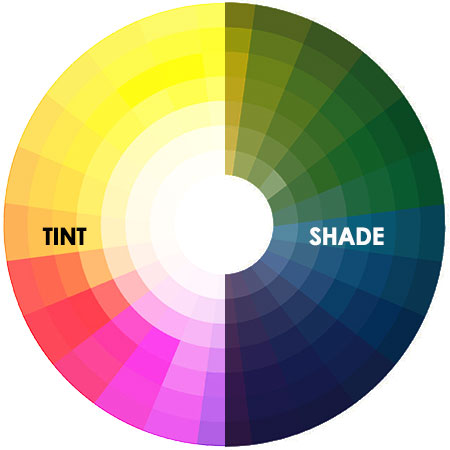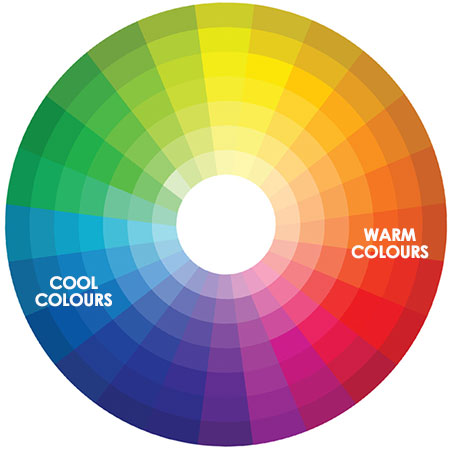Choose Paint Colour for a Home
If you've decided that this year is the year to give your home a makeover, how do you go about choosing the perfect paint colour for walls?
08/01/2019
https://pinterest.com - 357895501634754548/
Giving your home a new, fresh look usually involves painting walls, but how do you go about choosing the perfect paint colour for a home? In order to select the right colour for the rooms in your home, it helps to understand the properties of both colour and paint.
If you have decided to give a room a new look with paint the colour you choose for walls can make a room feel larger or a large room feel more cosy. Paint colour can be used to cool down a room that receives a lot of natural sunlight, or warm up a south-facing room. Colour also has the potential to affect your mood, create atmosphere or make a large room feel cosy. But when you are faced with so many choices, how do you know which colour or which paint will work best for you?
https://pinterest.com - 21744010686566137/
Glossary of Paint Terminology
Paint experts often use terms that make very little sense to the average person, but knowing what these mean will help you make the right choice when it comes to choosing paint colour:
Colour and Hue - This refers to the general appearance of a colour and the way it reflects light.
Tone - The tone of a colour is a lighter or darker version of a particular colour.
Tint and Shade - Tint is a lighter version of a colour that is achieved by adding white, while shade is a darker version of a colour achieved by adding black.
Warm or Cool Colours - Warm colours are from the red spectrum of a colour wheel, and cool colours are from the blue spectrum of a colour wheel.
Neutral Colours - You won't find neutral colours on a colour wheel as, strictly speaking, these colours are whites, black and grey tones, and brown hues.
Sheen - Sheen refers to the glossiness of a paint finish and the higher the sheen - the glossier the finish. Gloss paints reflect the most light, while matt or flat paints the least.
Paint Sheen
There are many different types of paint available on the market and each has its own unique properties and sheen levels. You will need to select a paint that is suitable for where it will be applied. For Example: A matt or suede paint is not suitable for areas where there is high traffic, such as hallways or children's bedrooms, as it is hard to keep clean.
Matt, Flat or Suede - These paints offer the least amount of reflection and are ideal for walls with imperfections or ceilings. A matt, flat or suede paint is generally not recommended for walls in high traffic areas, as they are difficult to clean.
Satin, Silk or Semi-Gloss - Satin, silk or semi-gloss paints are often confused, but there is a subtle difference between the two. Satin has a low lustre that is slightly more reflective than matt, while silk and semi-gloss has a noticeable but not quite glossy shine.
Gloss - Gloss paint is highly reflective or glossy with a high sheen level that is extremely durable.
Eggshell or Low-Gloss - Both eggshell and low gloss paints have a relatively low sheen appearance that is similar to satin or silk finish.
https://pinterest.com - 573857177516497529/
1. Room Orientation
The orientation - or direction - that a room faces is a very important factor to take into consideration when decorating a room, as the amount of light affects the appearance of paint colour.
When selecting paint colours it is important to take paint colour swatches home with you - or tester pots - to try these colours in the room and view them at different times of the day. You want to see how natural light affects the colour in a particular room or setting, and also to see colour under both natural and artificial light sources.
https://pinterest.com - 738731145101751083/
2. Size of a Room
As mentioned at the beginning of this article, colour has an effect on space. You can use light colours on the walls to make a small room appear larger than it is, or use dark colours to make a great room feel more cosy and small. You can also use paint colour to visually alter a room, such as painting a dark feature wall at one end of a room to bring it closer. And as with walls, paint can be applied to ceilings to create a visual illusion, such as adding a colour to high ceilings to bring them down.
In small rooms it is a good idea to stick to the same paint colour on walls, ceiling and trim and you can add interest with colourful art of decorative accent pieces. But if you do have a large room that feels uncomfortable, feel free to paint one wall in a bold or contrasting colour to make the wall appear closer that it is.
https://pinterest.com - 381469030934100206/
3. Colour Psychology
Colour psychology plays an important role for paint companies who like to select a colour of the year based on current trends. Colours can be referred to as uplifting, calming or soothing, exciting, bold and cheeky.
Research reveals that colour can be used to affect mood in such a way that you can alter the general feeling in a room simply by painting walls in a specific colour. For example: Red has been shown to increase blood pressure and appetite, so it's best to keep this colour out of the bedroom or only have it in small doses. Blue and green have a soothing and relaxed vibe, while yellow exudes happiness.
https://pinterest.com - 384635624410646363/
When you understand the properties of paint and the effect that colour has on mood and atmosphere, you are better equipped at choosing the perfect paint colour for any room in a home.








